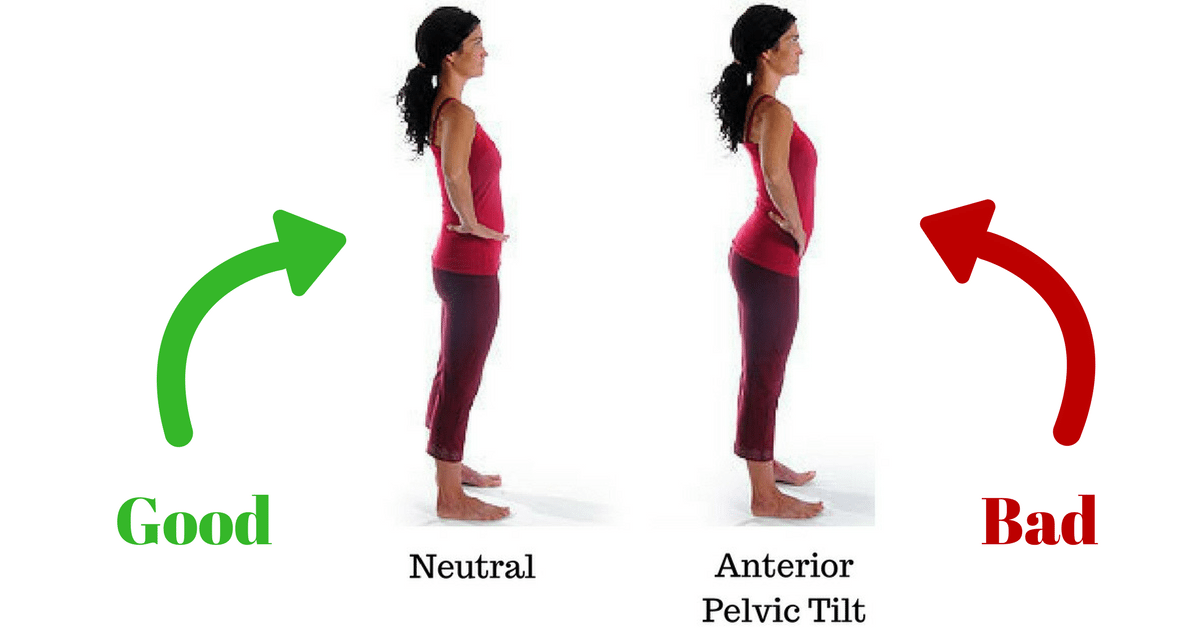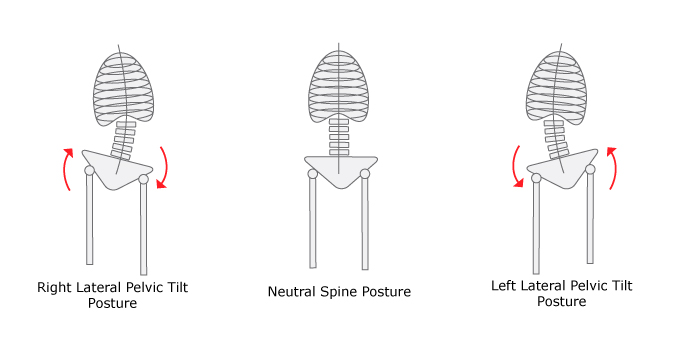Do you experience nagging back pain, knee discomfort, or uneven hip alignment? These could be telltale signs of a lateral pelvic tilt, a common postural imbalance where the pelvis shifts laterally, causing misalignment and discomfort throughout the body. If left untreated, a lateral pelvic tilt can lead to chronic pain, muscle imbalances, and reduced mobility. But don’t fret! With the right knowledge and exercises, you can effectively correct this postural issue and restore balance and symmetry to your body.

Image: www.debbieschlussel.com
Understanding the causes of a lateral pelvic tilt is key to devising an effective treatment plan. Various factors can contribute to this condition, including uneven muscle development, leg length discrepancies, poor posture, and injuries. Correcting a lateral pelvic tilt requires a comprehensive approach that addresses muscle imbalances, strengthens core muscles, and re-educates movement patterns.
Understanding Lateral Pelvic Tilt: Causes and Symptoms
A lateral pelvic tilt occurs when the pelvis shifts laterally, causing one side of the pelvis to be higher than the other. This misalignment can result from various factors, including:
- Uneven muscle development: Weak hip abductors and gluteus muscles on one side of the body can lead to a lateral pelvic tilt.
- Leg length discrepancies: Differences in leg length can cause the pelvis to tilt to compensate for the shorter leg.
- Poor posture: Prolonged sitting or standing in improper positions can weaken core muscles and contribute to a lateral pelvic tilt.
- Injuries: Injuries to the pelvis or surrounding muscles can disrupt muscle balance and lead to a lateral pelvic tilt.
Symptoms of a lateral pelvic tilt can include:
- Back pain, especially in the lower back
- Knee pain or discomfort
- Uneven hip alignment, with one hip appearing higher than the other
- Muscle imbalances, with one side of the body being stronger or tighter than the other
- Difficulty balancing or walking
Exercises to Correct Lateral Pelvic Tilt
Correcting a lateral pelvic tilt involves strengthening core muscles, improving muscle balance, and re-educating movement patterns. Here are some effective exercises to help you achieve this:
1. Bird Dog
- Start on your hands and knees with your hands directly under your shoulders and your knees hip-width apart.
- Extend your left arm forward and your right leg backward simultaneously, keeping your core engaged and your hips level.
- Hold for 5-10 seconds, then return to the starting position.
- Repeat on the other side.

Image: pixshark.com
2. Plank with Hip Abduction
- Start in a plank position with your forearms on the ground and your body forming a straight line from head to heels.
- Lift your right leg to the side, keeping your hips level and your core engaged.
- Lower your leg and repeat on the other side.
3. Single-Leg Glute Bridge
- Lie on your back with your knees bent and your feet flat on the floor.
- Lift your right leg and extend it straight up towards the ceiling.
- Press through your left heel and lift your hips off the ground, forming a straight line from your shoulders to your right knee.
- Lower your hips and repeat on the other side.
4. Clam Shell
- Lie on your side with your knees bent and your feet together.
- Lift your top knee towards the ceiling while keeping your feet together.
- Lower your knee and repeat on the other side.
How To Fix A Lateral Pelvic Tilt
Additional Tips for Correcting Lateral Pelvic Tilt
In addition to exercises, follow these tips to further support the correction of your lateral pelvic tilt:
- Correct your posture: Be mindful of your posture while sitting, standing, and walking. Use a lumbar support cushion for prolonged sitting and practice standing up straight with your shoulders back and core engaged.
- Use orthotics: Custom orthotics or shoe inserts can help correct leg length discrepancies and improve foot alignment.
- Stretch tight muscles: Regular stretching can help release tight muscles that may be contributing to your lateral pelvic tilt, such as the hip flexors, quadriceps, and hamstrings.
- Strengthen weak muscles: As mentioned earlier, strengthening weak muscles,特に gluteus muscles, can help stabilize the pelvis and correct the tilt.
- See a physical therapist: A physical therapist can assess your specific condition, develop